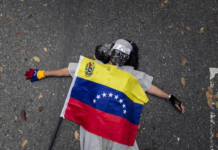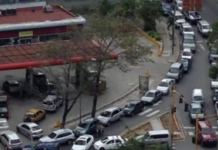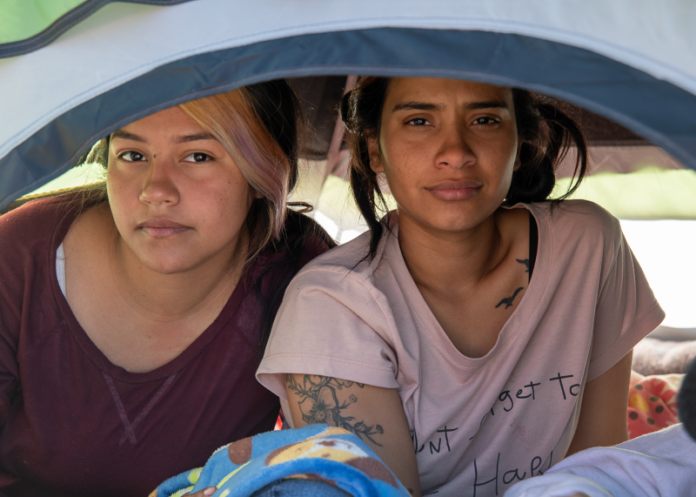Abstract
-
Migrants in Mexico City are struggling to secure appointments for asylum in the US through a government app, with only 1,000 spots granted each day.
-
The US has made it harder for people who cross the border without permission to present themselves for asylum, and those who are turned down are banned from reentering for five years.
-
The new policies have reduced encounters with migrants who cross the border illegally by about 50%, but have also put pressure on shelters within Mexico.
-
Even shelters far from the border are struggling to accommodate the growing number of stranded migrants.
-
Some migrants have given up on going to the US because of the new policies and are seeking to stay in Mexico instead.
The Struggle for Asylum: Migrants in Mexico City Face Overwhelming Challenges
In Mexico City, migrants seeking asylum in the United States are facing an uphill battle. With the US government granting only 1,000 appointments each day through its CBP One app, securing a spot is akin to winning the lottery. The situation has become even more challenging since May 12, when the US rolled out new procedures making it harder for people who cross the border without permission to present themselves for asylum.
The Asylum Lottery
For migrants like Nathaly Villareal from Venezuela, the struggle to secure an appointment for asylum is a daily ordeal. Despite the odds, she and many others continue to apply for appointments online, choosing to stay in Mexico City until they can secure a spot. The new policies have reduced encounters with migrants who cross the border illegally by about 50%, according to data from the US Department of Homeland Security.
The Impact on Shelters
The new asylum procedures have put significant pressure on shelters within Mexico. Shelters far from the border, like Casa Tochan in Mexico City, are struggling to accommodate the growing number of stranded migrants. Casa Tochan, which has 45 beds, is now hosting 75 people and has rented a nearby apartment to accommodate women with children. The situation is even more dire at the CAFEMIN shelter in the north of the city, where 500 migrants are staying in a facility designed to house only 80 people.
The Search for Alternatives
Some migrants have given up on going to the US because of the new policies. In the upscale Mexico City neighborhood of Roma, hundreds of Haitians recently set up a camp in a local park, hoping to sleep near a government office that processes asylum requests for people wanting to stay in Mexico. However, the camp was recently dismantled by Mexican immigration officials, and the migrants were taken to a government-run shelter on the city’s outskirts.
Conclusion
The struggle for asylum in the US has become an overwhelming challenge for migrants in Mexico City. The new US policies have not only made it harder for migrants to present themselves for asylum but have also put significant pressure on shelters within Mexico. The situation calls for urgent action and a comprehensive policy for migrants.









